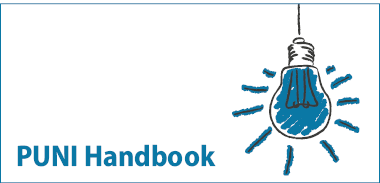CO-MICC provides free access to scientifically-sound data and information on freshwater-related hazards of climate change at multiple spatial scales. The data can be visualized, analysed and downloaded through its interactive data portal. Methods on how to utilize the data, including their uncertainty, can also be consulted on the portal. CO-MICC was co-designed by scientists and stakeholders from the water sector and is hosted by the ICWRGC in Koblenz, Germany.
Algeria Climate Action Climate Change CO-MICC Project Data Portal Ebro ECCA EGU European Climate Change Adaptation Conference Focus Region Goethe University Maghreb region Marocco MAT Morocco Newsletter North Africa Portugal Spain Tunisia Web Application Workshop
Latest News
- Pre-launch of the CO-MICC Pilot Data PortalThe pre-launch of the pilot data portal developed within the CO-MICC project (2017-2021) was held in the form of an online event on November 8, 2021. On this occasion, the… Read more: Pre-launch of the CO-MICC Pilot Data Portal
- 5th European Climate Change Adaptation Conference (ECCA)The 5th European Climate Change Adaptation Conference was held from May 25 to June 22, 2021. This year, the conference adopted a hybrid format, consisting of a series of webinars… Read more: 5th European Climate Change Adaptation Conference (ECCA)
- EGU General Assembly 2021The EGU General Assembly 2021 was held virtually from 19-30 April 2021. This year, Dr. Fabian Kneier and Thedini Asali Peiris (both from Goethe University, Frankfurt) showcased advanced results from… Read more: EGU General Assembly 2021


